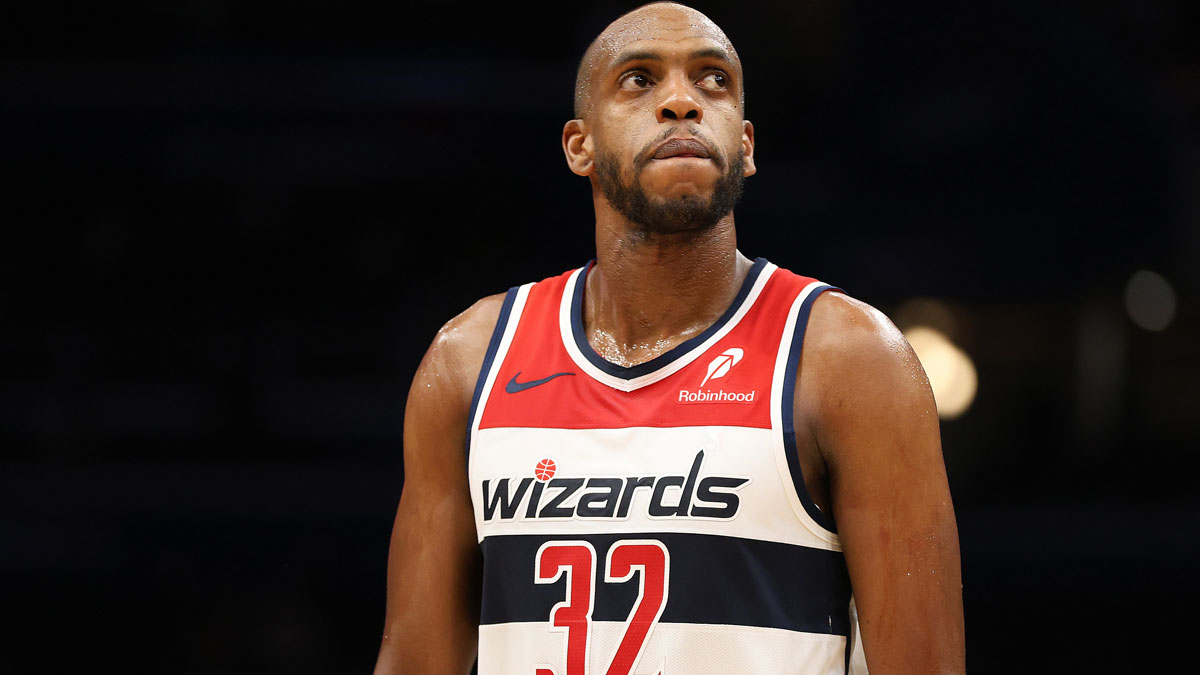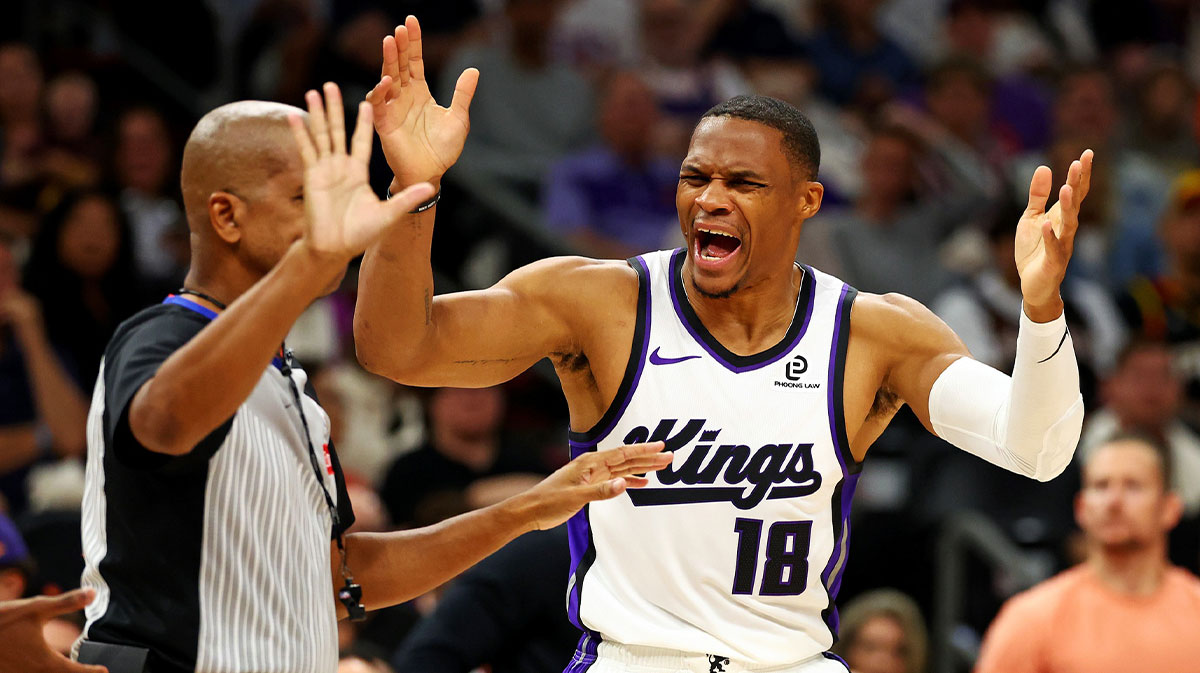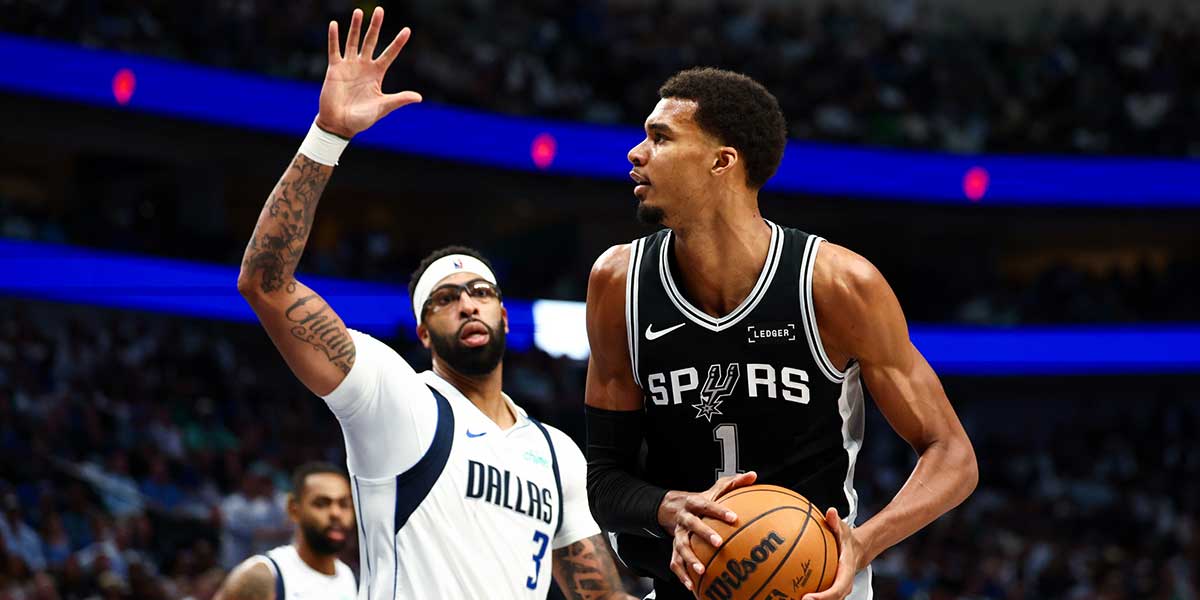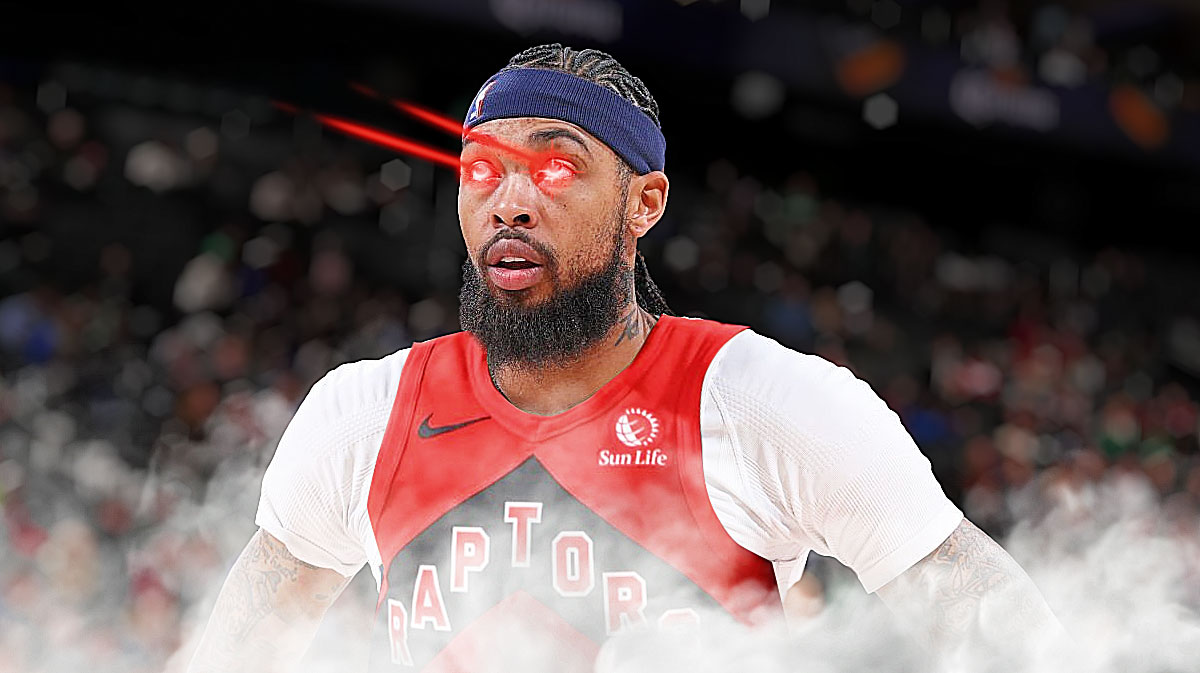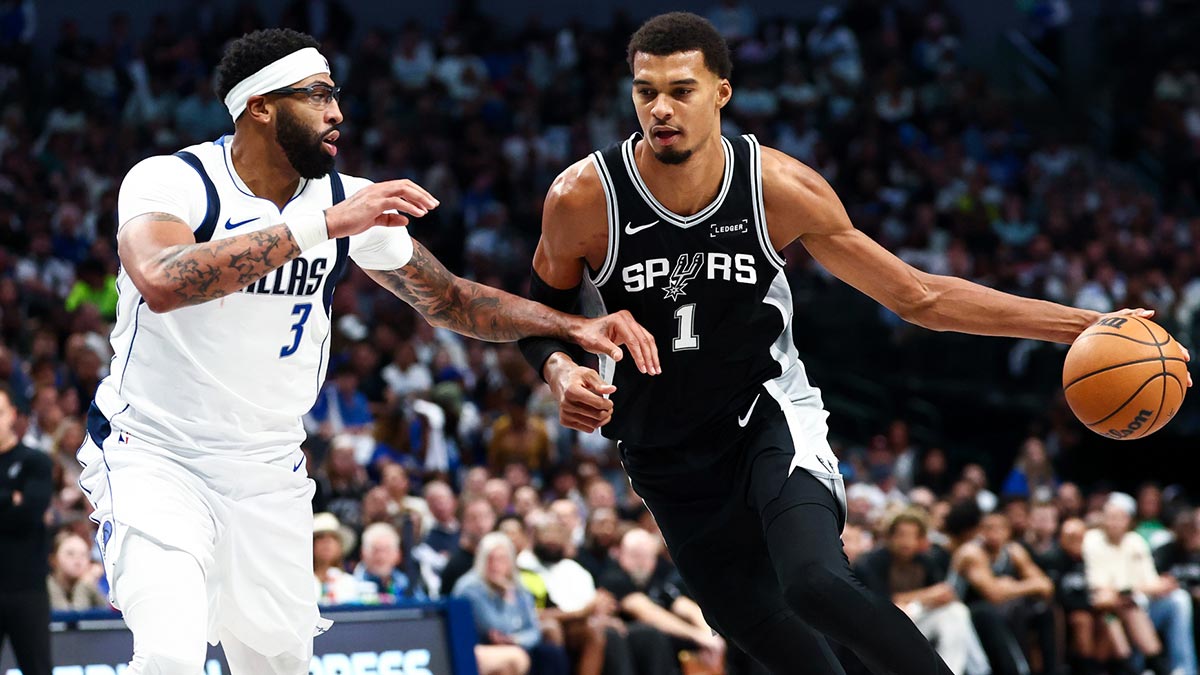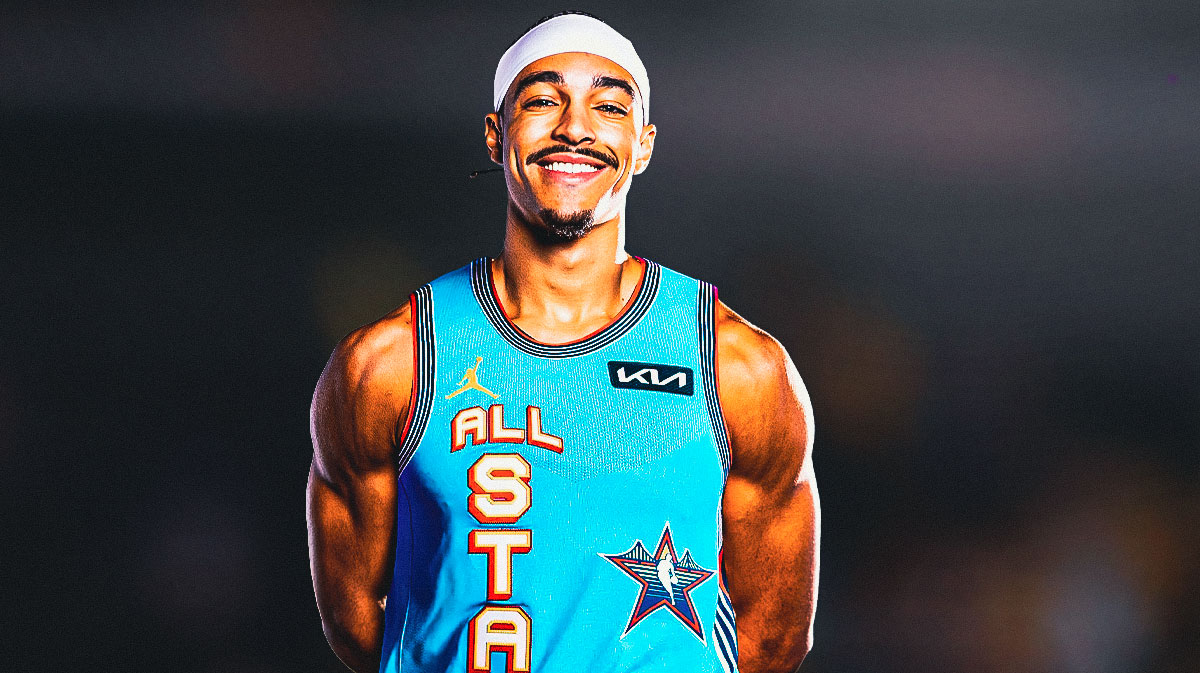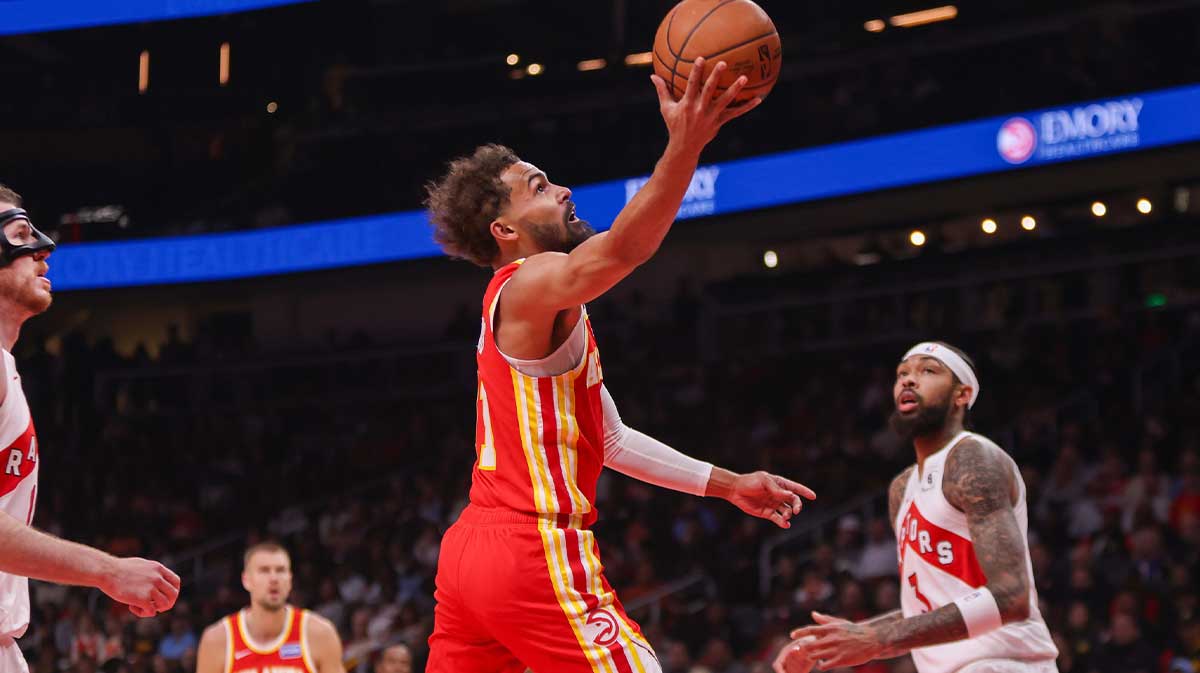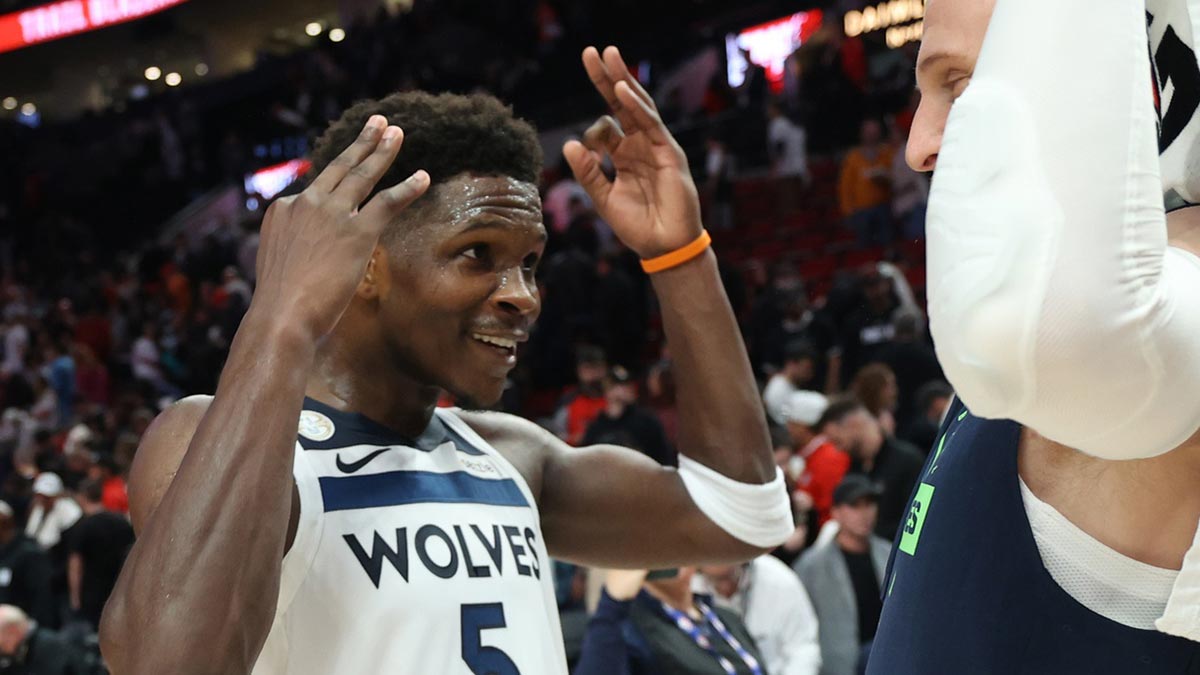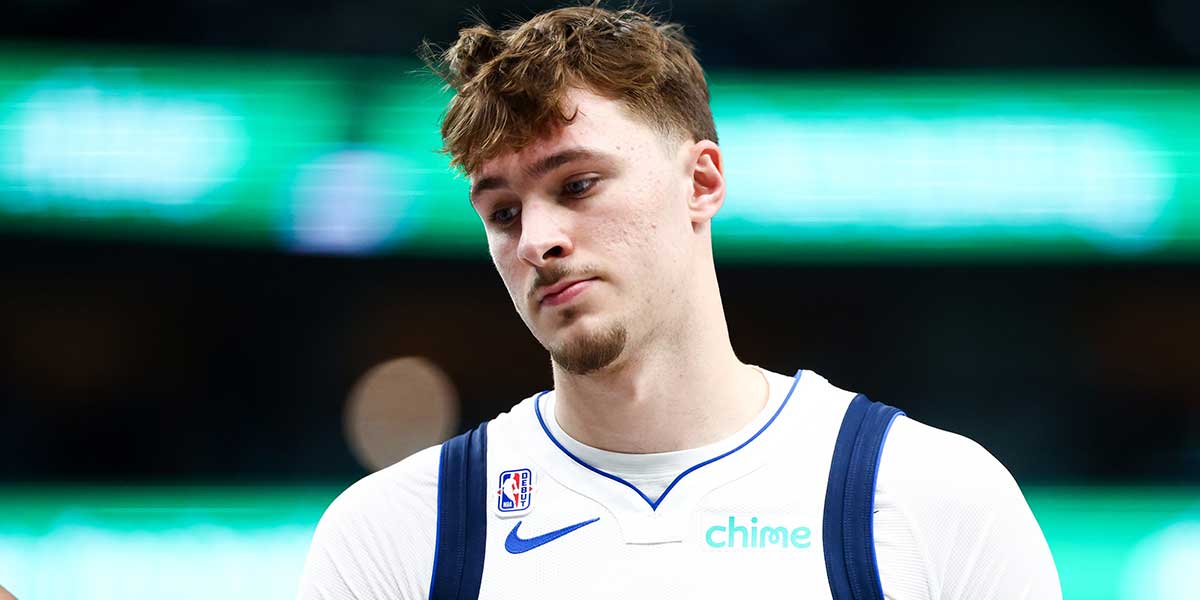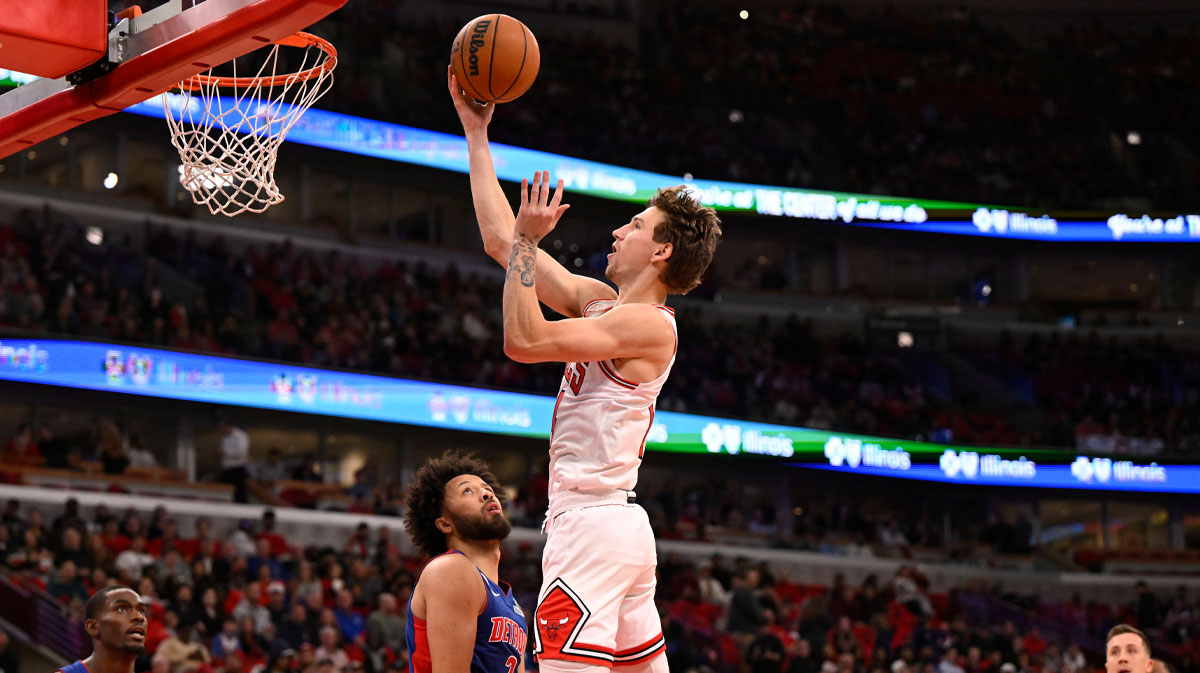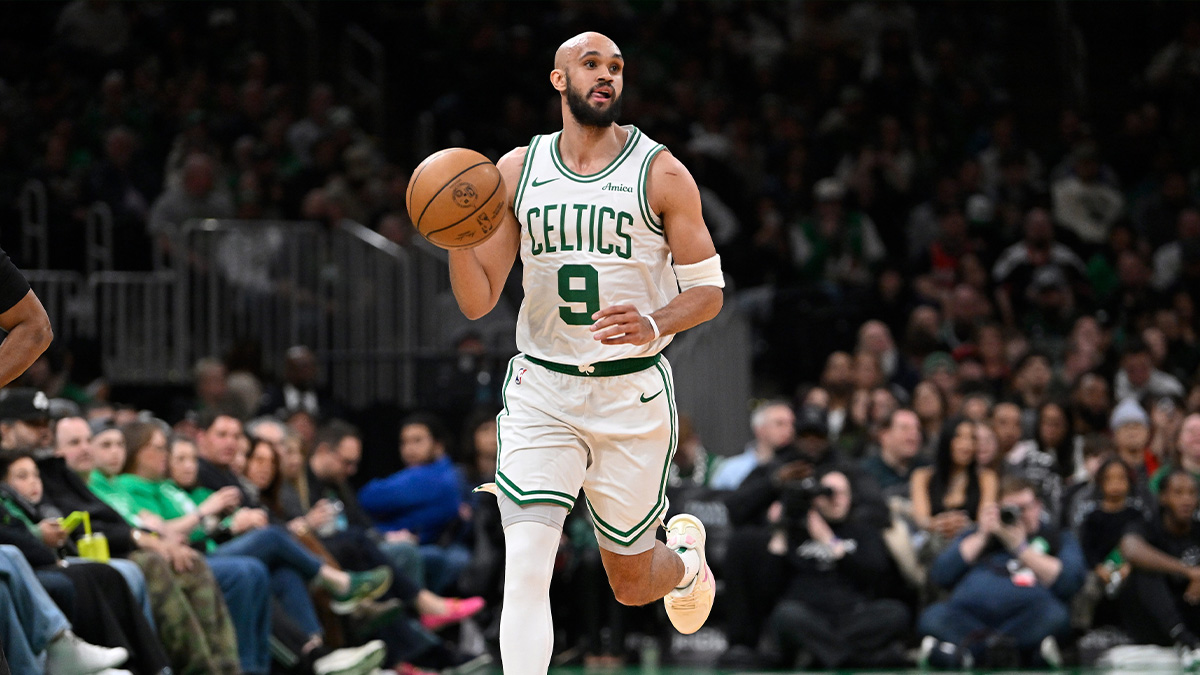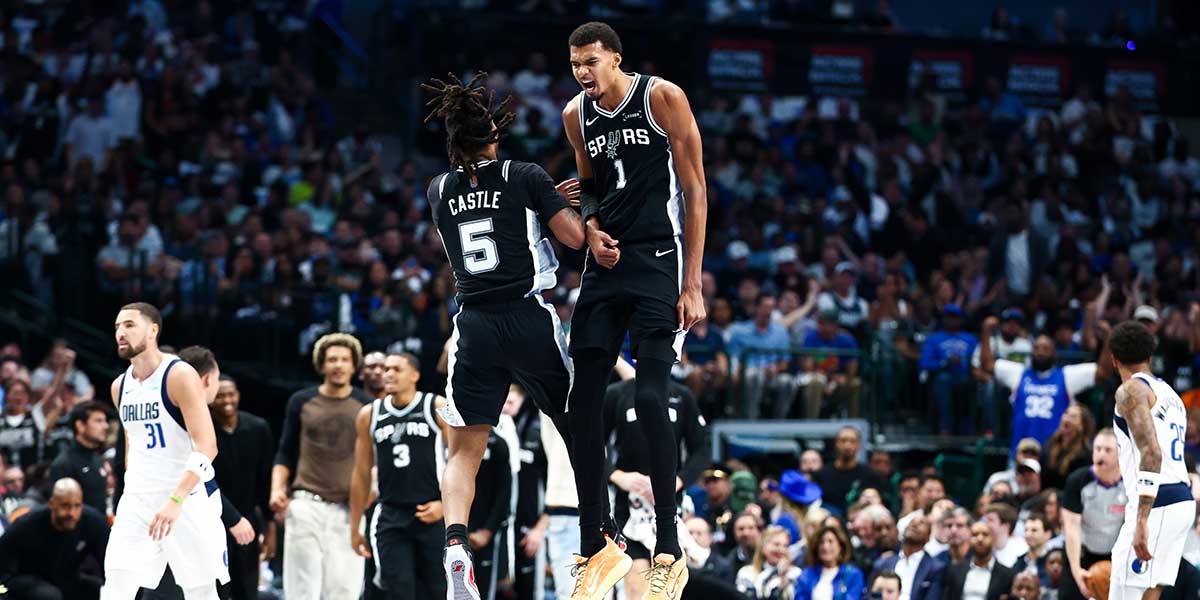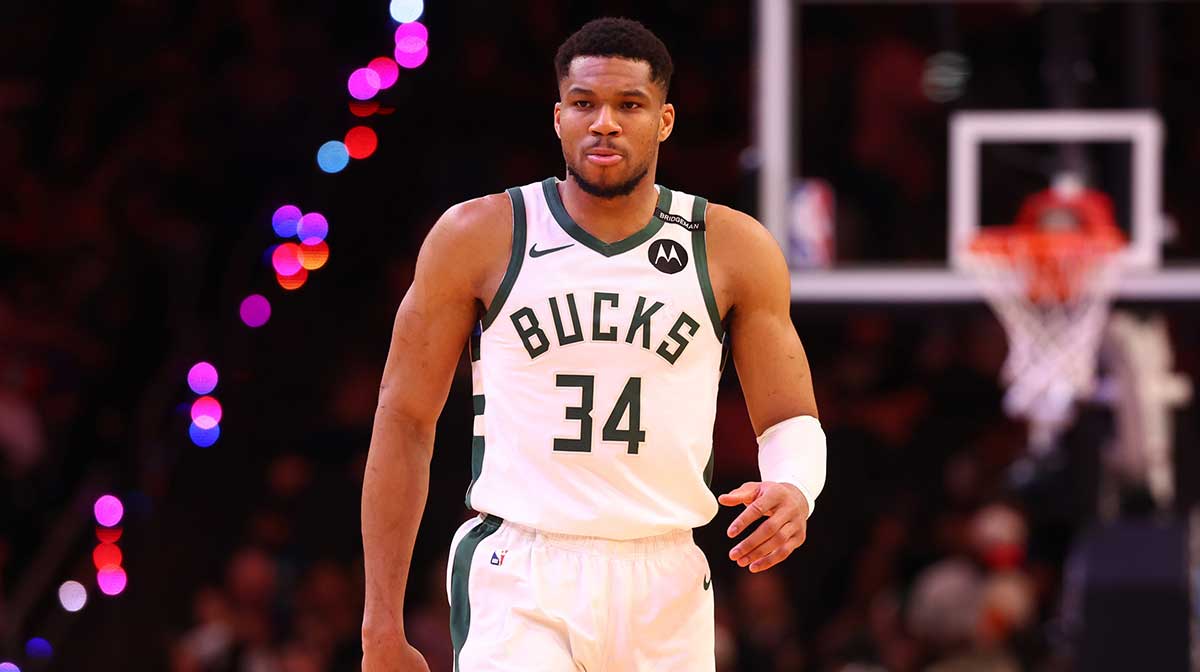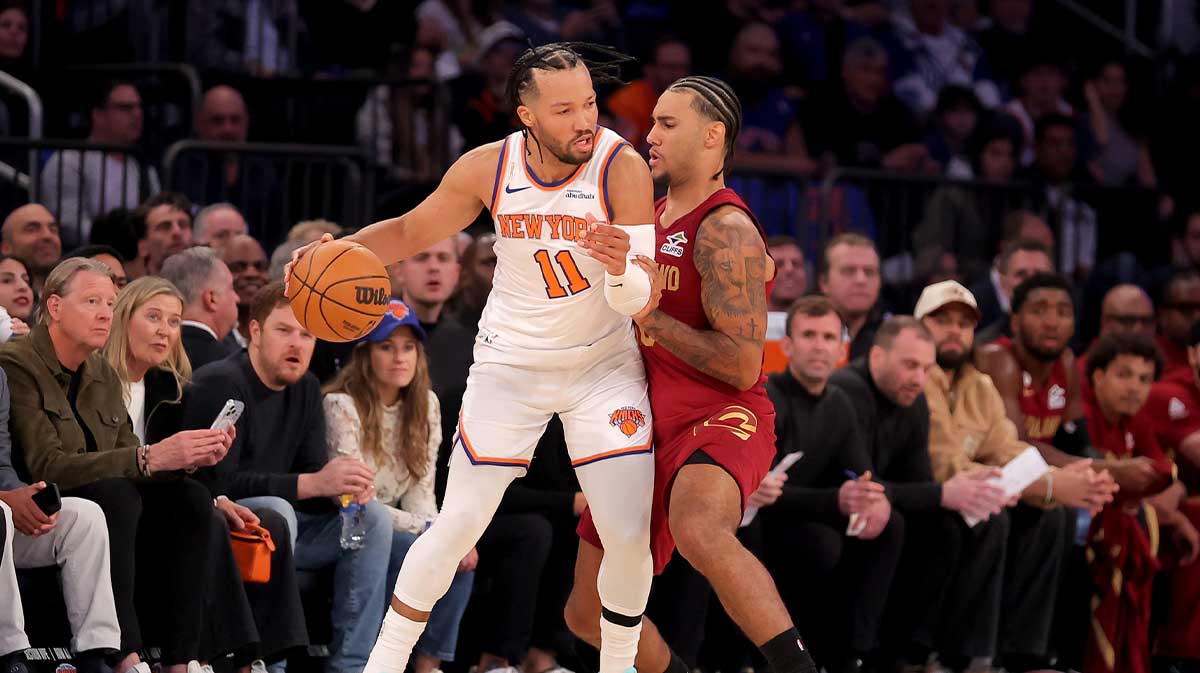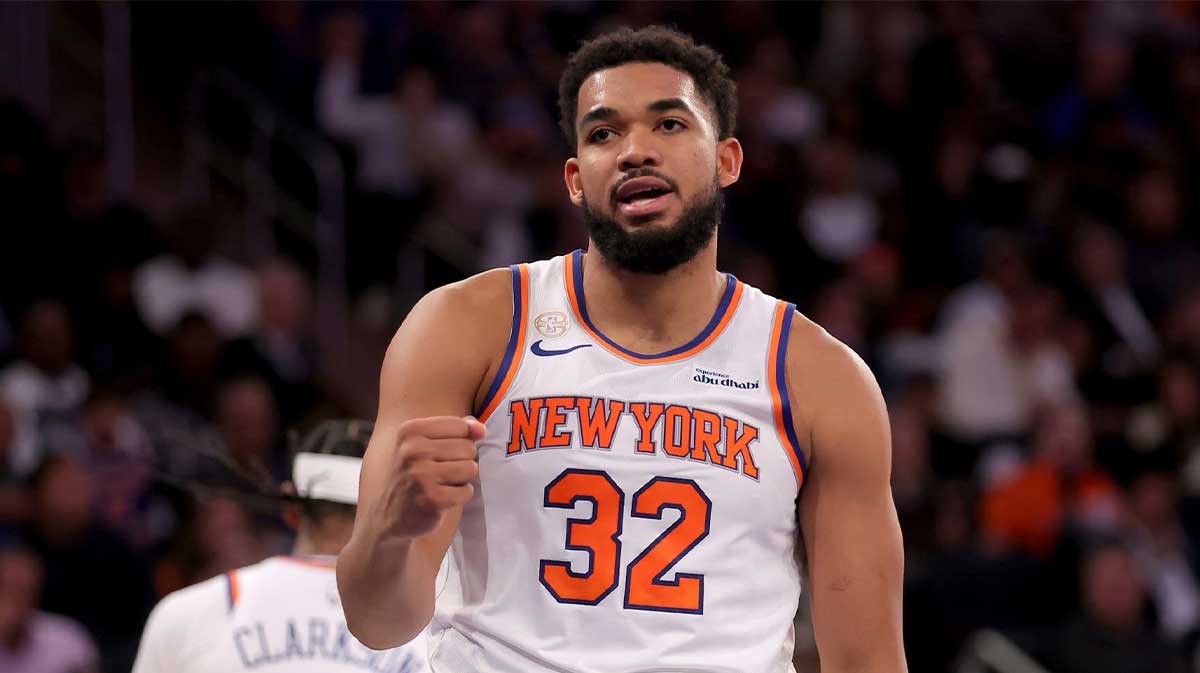The NBA has quickly morphed into a pace-and-space game, which has only seen the scoring skyrocket with the sheer amount of three-point attempts this season. Not long ago, James Harden uncorked 23 attempts in an overtime win for the Houston Rockets over the Golden State Warriors, only a game before Stephen Curry and company made history along with the Sacramento Kings by making the most combined trifectas in an NBA game.
Curry, who went 10-of-20 from deep that game, explained that he doesn't see the infatuation with the three-point shot going away unless players stop being efficient when taking them.
“Guys who are shooting the ball well will continue to shoot it,” said Curry. “When the benefits don't show up, that's when the players might change. I can't really predict how that stuff is going to happen, but in terms of how guys from a younger age are working on shooting the basketball… it's certainly trending on a certain direction.
“You want to celebrate guys that can do it and do it well and the teams that can do it well.”
Steph asked about Kevin Durant bemoaning the increase of the 3-point shot. Steph joked KD goes into the locker room and tells him to stop taking 3’s pic.twitter.com/o2vRTttQt2
— Mark Medina (@MarkG_Medina) January 11, 2019
Marksmanship has been surely elevated during the last half-decade in the NBA, as the three-and-D model is one highly valued by front offices across the league, whereas before a team looking to acquire both assets would sign a lockdown defender and a 3-point specialist — both in a confined and specific role.
Furthermore, the evolution of the stretch-four and stretch-five big men has expanded how defense is played (or not played) in today's game, deconstructing all that was previously known as fundamental due to the diversity of roles and archetypal distinctions.
Only 10-15 years ago, a 33-36 percent three-point shooter was considered a threat, with 40-percenters being the very elite of the realm. Nowadays even big men like Marcus Morris (45.0 percent), Danilo Gallinari (44.9 percent) and Nemanja Bjelica (43.5 percent) are well-over the 40 percentile, as some of the deadliest frontcourt snipers this season — something considered a mirage in yesteryear's game.


